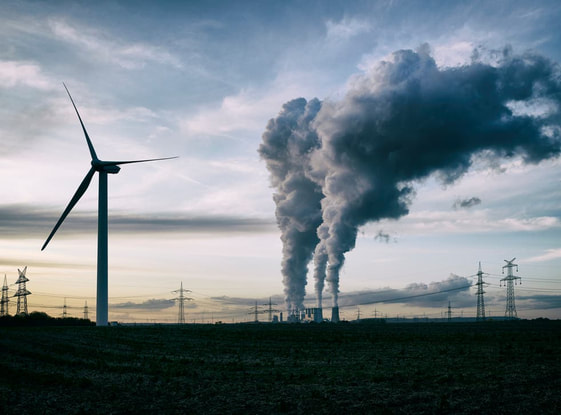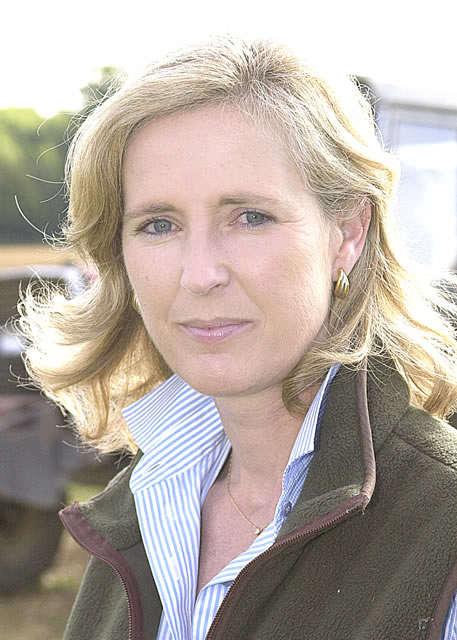
We are reminded that throughout history, whenever societies are faced with a lack of openness or censorship, grave mistakes have been inevitable. After all, you can only learn from mistakes if you are allowed to talk about them openly.
It is in this context that it is important that the pros and cons of all forms of energy generation are openly addressed. Only by weighing up the pros and cons can politicians and the wider public get a better idea of what is reasonable and what is unreasonable.
Where wind energy makes sense, it should be used, and solar likewise. Also, where traditional oil and gas reserves are abundant, and can be extracted affordably and environmentally safely. As we experienced last year and since, there are times when there is neither wind nor sun. All options including Nuclear and hydrogen, should be part of the UK’s balanced and reliable energy portfolio. If any of these options prove unreasonable or destructive, they should clearly be avoided.
The problem is, as the experts say; we don’t always fully understand the positive and negative implications.
This subject is huge, it impacts upon every business and household. As the cost of energy rises out of all proportion, and increasingly countries are being held to ransom, it is vital that as with food production, we should aim for self-sufficiency.
Last year the world burnt the largest amount ever of coal to produce electricity. Under the current trends, total global consumption, which includes the production of steel and cement, will hit a record high this year, according to the international Energy Agency.
We have the capability of providing most of the coking coal required for the British steel industry. This would reduce the need to import over 6.5 million tons from Russia and Venezuela. Surely Cumbria is a more environmental solution, saving billions on carbon footprints.
On Christmas Day, the James Webb space telescope was launched from French Guiana. Last week it reached its target, a mere one million miles from earth. Its purpose is to observe part of space and time never seen before. It will gaze into the very first stars and galaxies formed 13.5 billion years ago. It is largest and most powerful space science telescope Nasa has ever constructed.
Designed to last five and a half years, NASA now estimates it has enough fuel to last ten.
Throughout the launch, its journey, and now as scientists manoeuvre the many gold-coated primary mirrors to reflect as one, this space telescope has been communicating with earth. My question is, ‘How can scientists communicate with such precision over a distance of a million miles, while I cannot get a decent mobile signal despite having a multi-Agency mast situated on the farm’?
It is ironic that Sir Graham Brady, the chairman of the 1922 committee, his side kick Nusrat Ghani, along with chief Boris basher Sir Geoffrey Clifton-Brown and two others, chose Holland and Holland’s shooting ground in Hertfordshire, to sharpen their ‘backstabbing’ knives, to plot Boris’s demise.
Fortunately, it was ‘game’ over when their plotting was exposed before they tried to deceitfully to persuade Tory MPs to vote to change the long-standing rules of the 1922 committee, in their attempt to allow a second vote against their leader, in less than twelve months.
I hope Tory MPs will carefully consider the impartiality of Sir Graham (chairman) and Sussex MP Nusrat Ghani (vice -chairman), who last week tried to play the race card to undermine the Prime Minister. Are these conspirators now suitable to remain as office holders, or should they be replaced with immediate effect?

 RSS Feed
RSS Feed